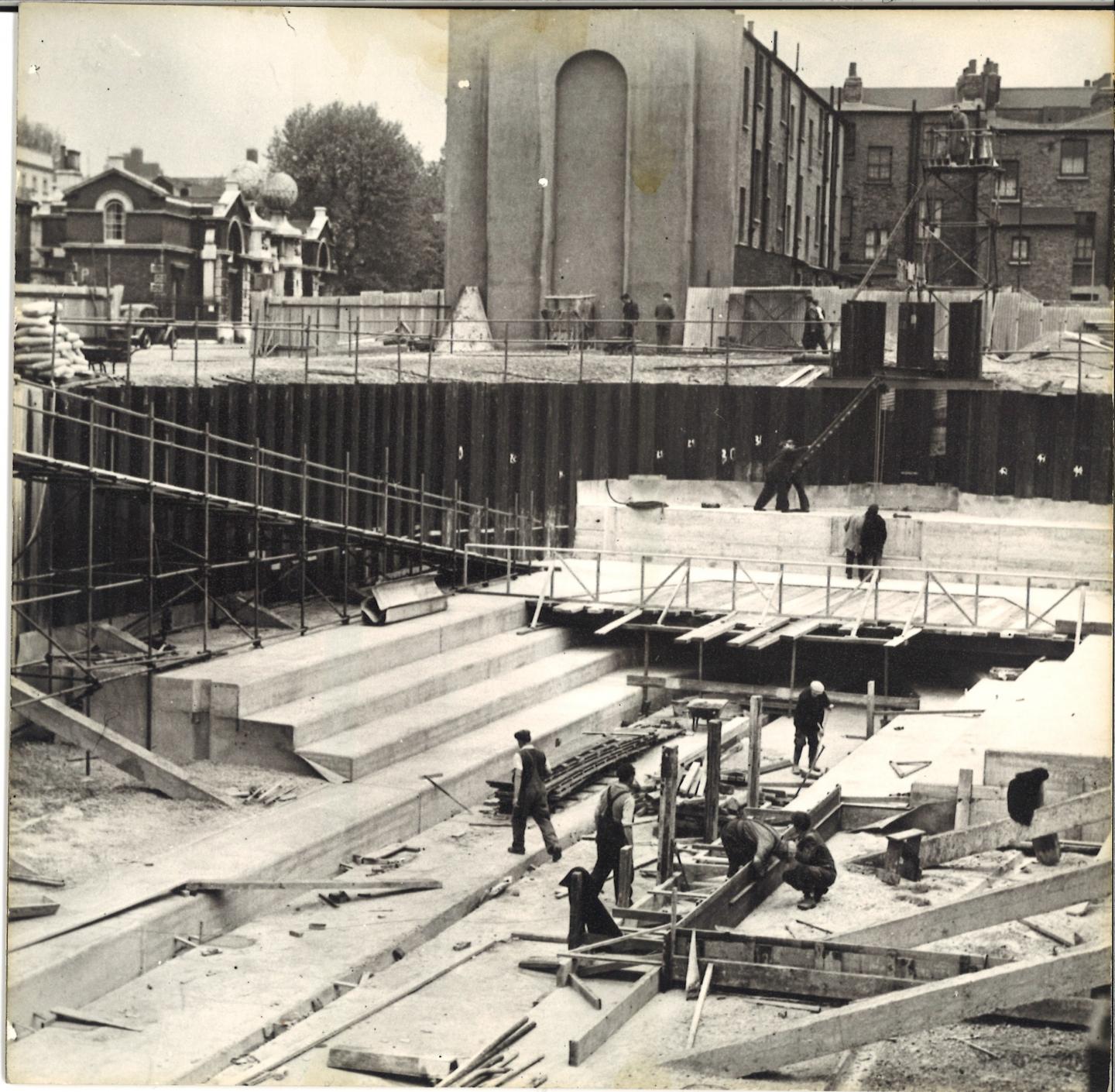Essential Information
| Location |
Cutty Sark
|
|---|---|
21 Feb 2017
Over the next few months, Documentations Officer Claire Denham will take us behind the scenes at Cutty Sark, to give us an insight into the important daily research, documentation and maintenance work that keeps Cutty Sark preserved for many future generations to come. To kick things off, this week’s blog post looks into how Cutty Sark arrived at her final permanent berth in Greenwich.
After the Second World War it became apparent that Cutty Sark’s home at Greenhithe, Kent was no longer fit for purpose. H.M.S Worcester, the cadet training ship moored next to Cutty Sark, no longer required her for accommodation or training cadets. Therefore, the Incorporated Thames Nautical Training College (who owned the ship) approached the National Maritime Museum in 1949, feeling that they would be better placed to accommodate and preserve her stating “My committee feel that greater facilities would be offered to the public for visiting this famous vessel if she was moved nearer London.” Unfortunately due to a strictly defined act of parliament and financial reason they were unable to accept the offer.
Next in line was The London County Council, who was already looking at Greenwich to display the old battle ship Implacable ex Dugay Trouin, a veteran of the battle of Trafalgar (whose Stern decoration can be now seen at the NMM). This fell through due to financial reason accumulating with her being sunk by The Royal Navy off the Isle of Wight in 1949.
The Council were keen for Cutty Sark to come to Greenwich, offering the services of their chief engineer Joseph Rawlinson and the old site of the Ship Hotel by Greenwich pier which had been destroyed in the war. The council devote £4,000 to paint and make presentable the ship for the upcoming Festival of Britain having her moored off Greenwich for a time to test public reaction and support for the intended preservation.
With the help of HRH The Duke of Edinburgh, the Cutty Sark preservation Society was formed in 1952 tasked with raising £250,000 by public subscription for the full restoration of the ship. The ship was formally handed over in 1953 to the society’s patron The Duke of Edinburgh at Greenhithe and towed to East India docks.

Meanwhile plans for the dry berth were underway with L.C.C Chief Engineer and contractors Sir Robert McAlpine and sons who provided all surveys for free with material and labour at cost price. Work began in February 1954 with L.C.C clearing the site. Various designs were submitted including one with a slipway, but the final design was a 260ft concrete dock by 60ft wide constructed with battered sides made from granite aggregate concrete. At each end of the dock were two flights of stairs, enabling a viewing platform, to see the lines of the ship with little interruption from dock shores. The design was also indorsed by the Royal Fine Art Commission, with a concrete memorial sculpture on the south wall designed by Maurice Lambert to commemorate the merchant seaman of Second World War.
The foundation stone was laid in June 1954 by the Duke of Edinburgh with the dock being complete later in September 1954, taking 7 months in total. The final cost was £90,000 coming on time and under budget. The ship was berthed in December 1954 on the first day of three spring tides enabling her to float in. When the tide fell she came to rest on her constructed alter just 3 inches away from her intended position, where she would stay for another 57 years.